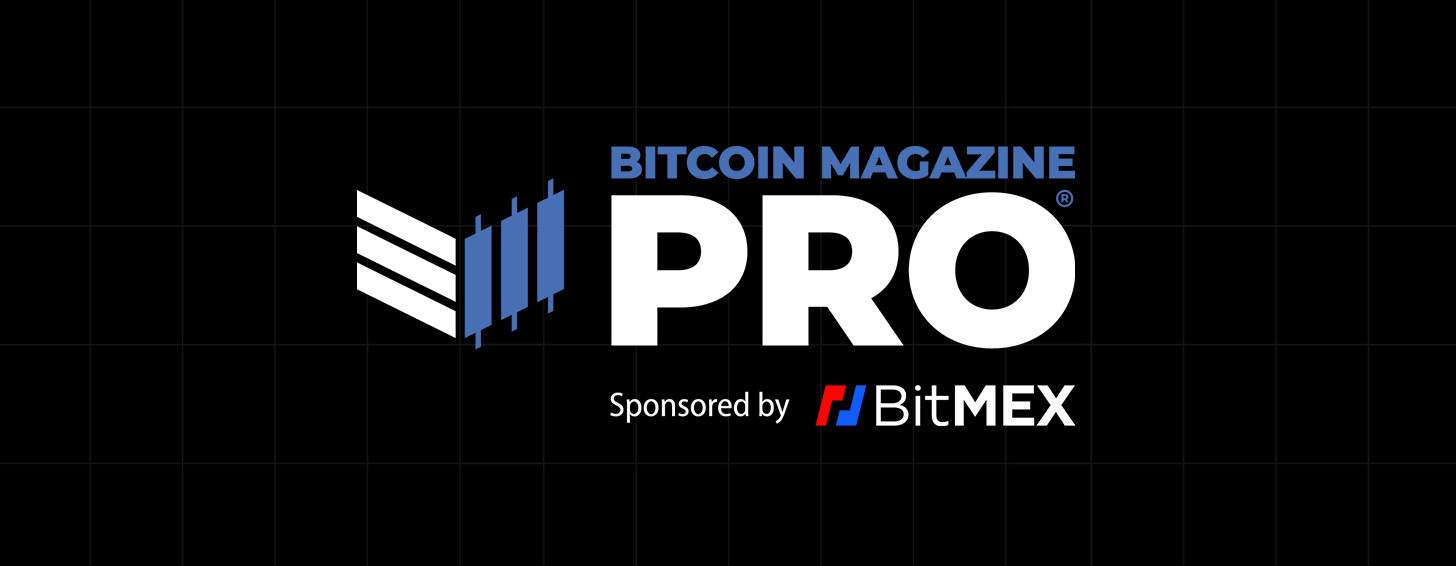Part 2 - Volatility Is Back: Where Will Bitcoin Bottom?
September’s CPI release comes in hotter than expected and sparks one of the most volatile days we’ve seen yet. The market walks a thin line between a face ripping rally and another leg down.
Relevant Past Articles:
Part 2
Where’s The Bitcoin Price Low?
With a fall to $18,000 inching closer and bitcoin facing risks of new year-to-date lows, it’s worth taking a look at a few key bottom price levels to gauge where the price may end up. First, let’s look at the fixed volume range profile of bitcoin since the December 2018 bottom of last cycle.
The overwhelming majority of traded volume in the market occurred right around $10,000, also a key psychological level. In a strong downward move, $10,000 is a place where many in the market have their spot cost basis and could start feeling some real drawdown pain or lack of conviction.
Although GBTC is nothing like self-custodied bitcoin, the current implied GBTC bitcoin price is $11,641 at a discount to net asset value (NAV) of 38.7%. Although GBTC has custody, duration and legal risks of its own, it has been a market indicator of institutional demand. Even at the current market discounted price of $11,641 with more upside return if the trust converts into a spot ETF, we’re still not seeing much of a bid at these implied levels.
In terms of bear market and cycle duration, let’s revisit the cyclical drawdown chart for bitcoin in current and previous cycles. Currently, we’re right around a 72.23% drawdown from an all-time high closing price of $67,589. If we are going to see a max cycle drawdown come in less than the last two cycles — let’s say around 80% — then we’re looking at a price around $13,500. If we assume that this cycle and popping of valuations will be much worse, let’s say around 85%, then we’re looking at a price around $10,100. The bull case is that we’ve found a durable bottom at $18,000 and we won’t see the max drawdown reach beyond 73%.
From an on-chain perspective, one of the more interesting realized price areas is the realized price held by the cohort of addresses that have 10-100 BTC. Recall that realized price is an estimate of the average cost basis based on the price when UTXOs last moved. This particular group accounts for around 22.6% of all circulating supply. This group would certainly reflect a decent portion of long-term holders and there’s a case to be made that in a deep, prolonged bear market, long-term holders have yet to feel the pain or capitulation that we’ve seen in the past.
In the second chart shown below, we highlight Glassnode’s net unrealized profit and loss (NUPL) metric for all long-term holders. We’ve really yet to reach drastic, maximum capitulation unrealized loss levels for long-term holders because of the cohorts with a much lower cost basis. Either cycles have a growing trend of lower unrealized losses relative to cost basis over time or we just haven’t reached a long-term holder capitulation period. We lean towards the latter.
Source: Whale Map
Source: Glassnode
This concludes Part 2 of “Volatility Is Back: Where Will Bitcoin Bottom”, published for our paid tier subscribers Thursday 10/13/22. You can access the original article by clicking the button below.
Try a 30-day free trial of the Bitcoin Magazine PRO paid tier to receive all of our articles in full as they go live.
Thank you for reading Bitcoin Magazine Pro, we sincerely appreciate your support! Please consider leaving a like if you enjoyed this piece. As well, sharing goes a long way toward helping us reach a wider audience!








